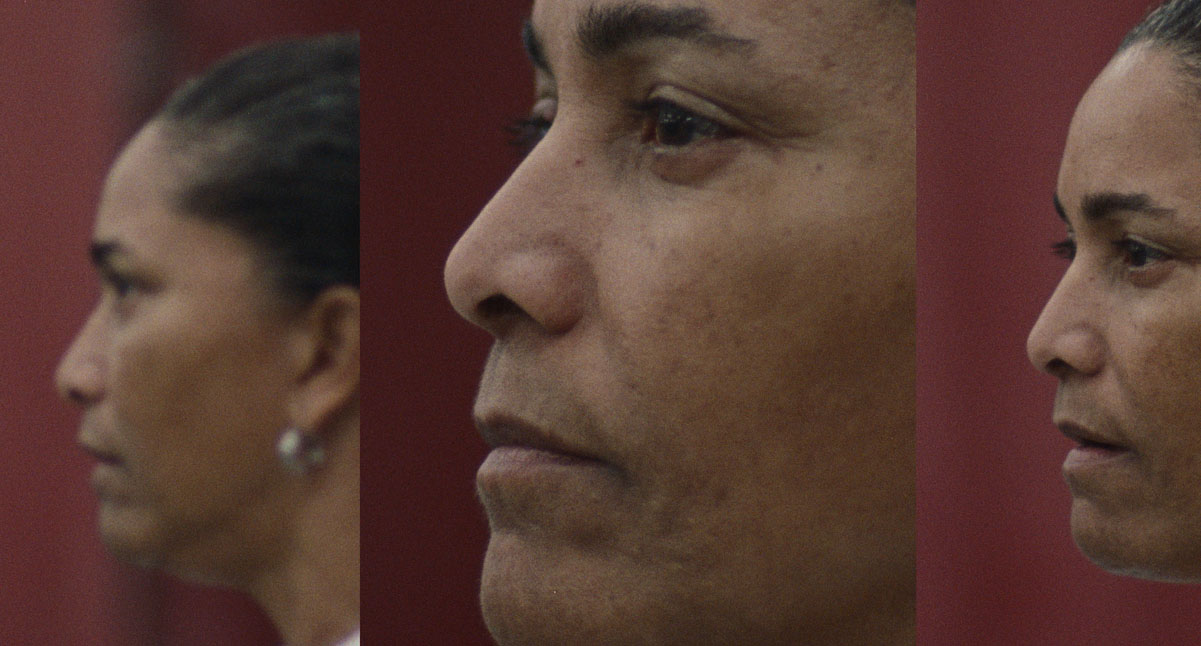South Oxford, All Iowa Lawn Tennis Club, Maravilla, Serve (Darius Clark Monroe, 2019): USA
Reviewed by Diego Riker. Viewed at the AFI Film Festival.

Four short films (South Oxford, All Iowa Lawn Tennis Club, Maravilla, Serve) by director Darius Clark Monroe, illuminate a common theme in loss. Though these are four separate films with distinctly different story lines, they all fall under a same common meaning. They also all are connected through tennis or handball or tennis, which are prominent in each film.
The first film in the series, South Oxford, follows Richard and Ann Northern, as they reminisce on their time running the South Oxford Tennis Club. Many of the films shots show the Northern’s flipping through their picture book and showing old photos of the club and what they used to do. I could really feel how passionate these two were about their work at the tennis club, and I got a good understanding of how deeply they cared for their time and work at South Oxford.
The second film, All Iowa Lawn Tennis Club, explains the story of a Iowan man who created his own lawn tennis club on his property , then dives deeper into the story of the family and the complications leading up to this interview with the filmmakers. The director is able to capture the pure emotion this man has for his craft, and the deep sadness he holds within him.
Maravilla is a very interesting short which follows an entire community and their passion with handball, as we learn what it truly means to them. This film is almost completely made up of archived pictures and footage, which definitely makes it an interesting watch. Despite how difficult it can be to portray a message off of a majority archived piece, the director does a great job of mixing it in with an interview with one of the founders of the handball club.
The final film, Serve, is a very interesting look at a woman who has devoted her life to the game of tennis, and is a coach as well as a player. This particular film was very interesting to me because of its cinematography and how almost every shot was up close, forcing us to look exactly where the director wanted us to. One of the last scenes of the film shows the woman and her very sick mother, and this reminds us that all of these films tie into the symbol of loss.
About this entry
You’re currently reading “South Oxford, All Iowa Lawn Tennis Club, Maravilla, Serve (Darius Clark Monroe, 2019): USA,” an entry on Student Film Reviews
- Published:
- 11.25.19 / 11am
- Category:
- AFI Filmfest 2019, Documentary, Films
1 Comment
Jump to comment form | comments rss [?]